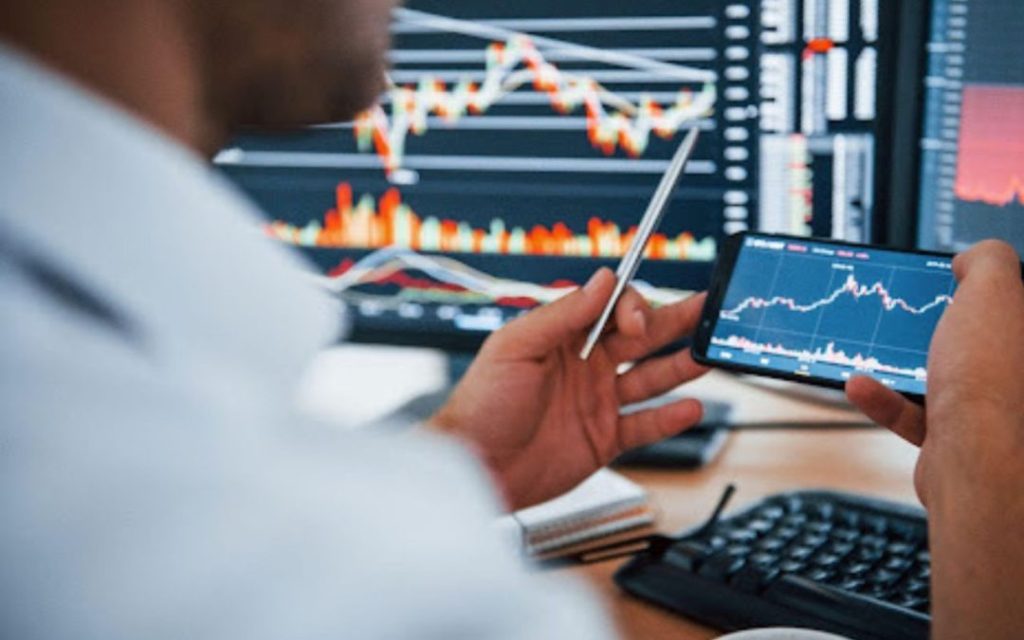In the free video “The Hidden Costs of Trading Online”, Maverick Trading lifts the curtain on the numerous unseen and often ignored expenses that can quietly erode a trader’s profits. Many traders assume that online trading is inexpensive or “free,” thanks to zero-commission ads and promotional slogans. But behind the scenes, there are multiple layers of cost — from wider spreads, slippage, data fees, margin interest, to the emotional toll of trading under stress. By spotlighting these hidden costs, Maverick Trading empowers traders of all levels to improve clarity, manage risk, and preserve their capital.
This article takes you through the key take-aways from the video and helps you integrate them into your trading approach. We’ll break down what each cost is, why it matters, how to measure it, and what you can do to reduce it — thereby turning cost awareness into a competitive advantage.
1. The Illusion of “Free” Trading
Online brokers often boast “zero commission” trades, and many traders celebrate the notion of trading with no cost. But as the video reveals, free trading is seldom entirely free. Instead, costs are hidden in execution, order routing, spreads, platform access, data fees, and margin. When you dive deeper, it becomes clear that every trade carries inherent expenses — costs that eat into your profitability over time.
For example, while there may be no explicit commission you pay, a broker might widen the bid-ask spread, benefit via payment for order flow, or route your orders to less favourable liquidity providers. The result: your entry or exit price is subtly worse than ideal. Maverick Trading recommends tracking not just the “commission fee” but the true cost per trade by calculating spread, slippage, and platform fees. Awareness is the first key step toward meaningful improvement.
2. Spread & Execution Costs

One of the most immediate hidden costs is the spread — the difference between the bid and ask price when you execute a trade. Even in “zero-commission” models, you pay the spread. The video explains that frequent traders might pay tens or hundreds of dollars a month in spread costs alone without realizing it.
Another execution cost is slippage — when your order is executed at a worse price than expected, often due to volatility, low liquidity, or market impact of large orders. Slippage can turn what looks like a profitable trade into a breakeven or even loss. Maverick Trading emphasises that slippage is not “bad luck” but a measurable cost that can be monitored and managed with proper order types, timing, and trade size.
Platform Fees, Data Access & Technology
Trading effectively in modern markets also demands reliable technology, fast execution, high-quality data feeds, and sometimes premiums for advanced tools. These are costs that often don’t show up in monthly statements but impact your trading capacity and profitability. The video highlights that even if broker access is “free,” the true cost of access to Level 2 data, advanced charting, execution speed and signal services should be factored into your overall cost baseline.
Additionally, having sufficient hardware, stable internet connection, backup power and risk-mitigation infrastructure is part of the hidden operational cost. If your system fails at a critical moment, or your order is delayed, the indirect cost can be significant. The key takeaway: treat your trading as a business — track your equipment, data and platform expenses as part of your cost of doing business.
4. Margin, Leverage & Overnight Fees
If you trade on margin or use leverage, you’re borrowing money from the broker to increase your trading size. That borrowing has a cost. The video walks through how margin interest, overnight financing fees, and swap rates (for forex/CFD markets) can quietly reduce profitability — especially if positions are held overnight or longer term.
Traders often focus on gross profits and forget to deduct margin costs when measuring performance. Over time, the interest or overnight funding can turn an “edge” trade into a losing trade if not properly accounted for. Maverick Trading advises that every leveraged trade should include margin cost in its risk-reward calculation so you know the true net benefit of your trade.
5. Emotional and Opportunity Costs

Beyond tangible monetary costs, the video digs into the psychological and opportunity costs of trading online. Emotional costs include stress, decision fatigue, overtrading, revenge trading after losses, or deviating from your plan. These behaviours don’t appear as line items but they reduce performance, increase mistakes, and lower consistency.
Opportunity cost refers to capital tied up in losing or unproductive trades, thereby preventing you from using that capital elsewhere for a better opportunity. The video prompts traders to ask: “What’s the cost of not doing the right trade, or being in the wrong trade?” By tracking your time, attention and capital deployment as “costs,” you build a more professional mindset. Maverick Trading recommends keeping a trading journal not just for wins and losses but for costs incurred in time, emotions and missed opportunities.
Broker Incentives & Order Routing
Another layer of hidden cost arises from broker business models. The video explains how brokers make money through payment for order flow, routing order flows to market makers, or executing your trades in ways that favour the broker rather than the trader. While these practices may be legal and common, they can subtly degrade execution quality.
Maverick Trading encourages traders to review broker disclosures, examine their fills and execution reports, and compare actual execution quality. Selection of a transparent broker with best-execution practices becomes part of cost control. Knowledge of these hidden costs helps you choose the right broker and demands accountability.
7. Risk Management & Edge Preservation
Knowing about hidden costs is only half the battle — managing them is the other. The video shows how professional traders integrate cost control into their trading plan:
- Track total cost per trade (commission + spread + slippage + margin + data)
- Set minimum cost thresholds before potential reward
- Avoid over-leveraging which amplifies cost impact
- Maintain disciplined trade scheduling to avoid inefficient executions
- Use proper position sizing, stop-loss and take-profit protocols
By building these into your trading business, costs become variables you can optimise rather than unknowns that eat your edge. Maverick Trading reminds you that every trader cost is a drain on your edge, so reducing cost expands your net edge.

8. Turning Cost Awareness into Profitability
The ultimate lesson of “The Hidden Costs of Trading Online” is that cost awareness equals profitability improvement. When traders begin to include all cost components into their analysis, they see a clearer picture of net results rather than just gross gains. This clarity allows for better decision-making: fewer blind spots, more accurate performance measurement, and consistent optimisation of execution.
Furthermore, by viewing your trading like a business (with operating costs, overheads, expenses, and profit margin), you adopt a mindset shift — one that separates hobby trading from professional trading. That shift alone can raise performance substantially.
Final Thoughts
If you’re serious about improving your trading outcome, overlooking hidden costs is a self-sabotage move. The free video “The Hidden Costs of Trading Online” by Maverick Trading walks you through the full spectrum of costs — visible and hidden, financial and emotional — and shows you how to measure, manage and minimise them.
By integrating this cost-conscious framework into your trading strategy, you keep more of your profits, recognise more opportunities, and avoid avoidable losses. Watch the video, apply its lessons, chart your costs, and turn cost reduction into a competitive advantage.
Unlock both clarity and profitability —







